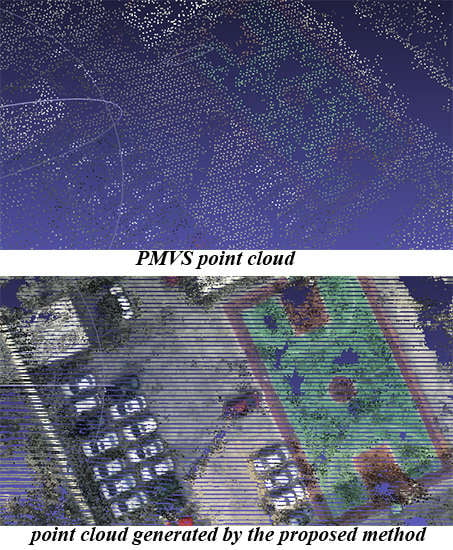A Multi-View Dense Point Cloud Generation Algorithm Based on Low-Altitude Remote Sensing Images
Abstract
Share and Cite
Shao, Z.; Yang, N.; Xiao, X.; Zhang, L.; Peng, Z. A Multi-View Dense Point Cloud Generation Algorithm Based on Low-Altitude Remote Sensing Images. Remote Sens. 2016, 8, 381. https://doi.org/10.3390/rs8050381
Shao Z, Yang N, Xiao X, Zhang L, Peng Z. A Multi-View Dense Point Cloud Generation Algorithm Based on Low-Altitude Remote Sensing Images. Remote Sensing. 2016; 8(5):381. https://doi.org/10.3390/rs8050381
Chicago/Turabian StyleShao, Zhenfeng, Nan Yang, Xiongwu Xiao, Lei Zhang, and Zhe Peng. 2016. "A Multi-View Dense Point Cloud Generation Algorithm Based on Low-Altitude Remote Sensing Images" Remote Sensing 8, no. 5: 381. https://doi.org/10.3390/rs8050381
APA StyleShao, Z., Yang, N., Xiao, X., Zhang, L., & Peng, Z. (2016). A Multi-View Dense Point Cloud Generation Algorithm Based on Low-Altitude Remote Sensing Images. Remote Sensing, 8(5), 381. https://doi.org/10.3390/rs8050381







